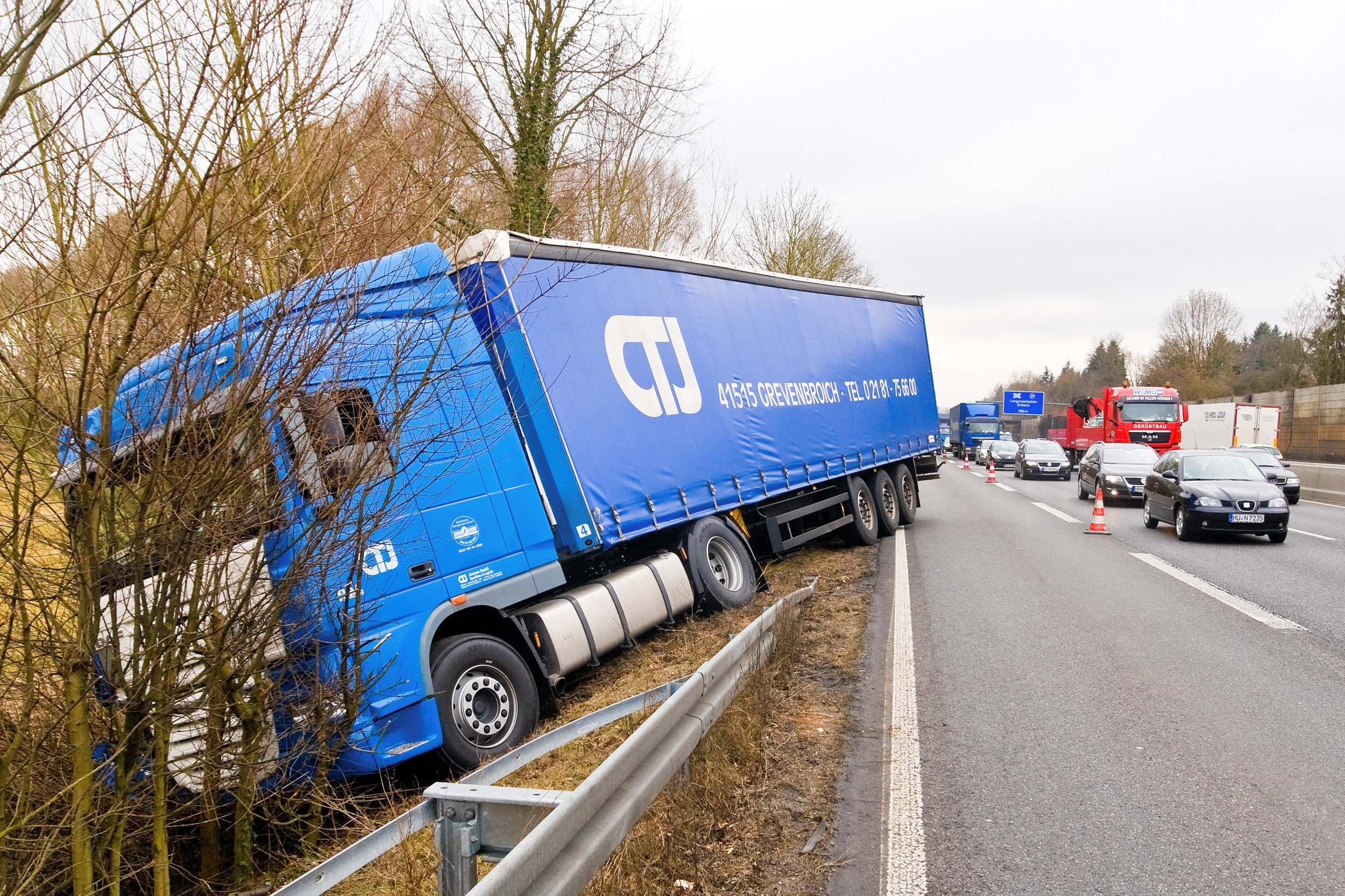We’ve all heard the saying, “if you aren’t measuring it, you aren’t managing it”. If we aren’t measuring, how do we know whether we need to improve or, more importantly, how effective any improvements have been.
But what are we supposed to be measuring?
In last month’s article, we looked at benchmarking overall policies and procedures for how your organisation manages its drivers, vehicles and journeys.
More than 500 employers have completed the Driving for Better Business free online risk assessment. However, average scores in most of the categories are well below where they should be.
It would appear many companies haven’t got where they need to be even just to cover their legal duty of care obligations, let alone to start seeing some of the significant benefits that come from good management of those who drive for work.
While there are many things that can be measured and improved, one of the key metrics is accident frequency rate. In the world of fleet safety and risk management we try to steer away from the word ‘accident’. Although commonly used, the word implies that whatever happened couldn’t have been avoided, and good fleet operators will more commonly measure ‘incident’ rates.
Accident may be fine when referring to no-fault collisions – your driver may well not have been able to foresee or do anything about another road user behaving badly. However, any incident where you accept blame is, by definition, not an accident.
Whether it was caused by a vehicle failure, reckless driving, or even a simple lapse in driver concentration, the incident may well have been foreseeable and possibly avoided by better vehicle maintenance or more attentive driving – both of which are only improved through better management.

However, even measuring incident rates can be confusing as there are different ways of doing this. Some employers measure collisions per driver, some measure collisions per vehicle and some measure collisions per million miles. These rates measure frequency but some also measure severity by looking at the cost of collisions per driver or million miles. Many larger employers with good management strategies, including our own Driving for Better Business champions, will measure all of those metrics and monitor them month-by-month, carefully tracking trends and acting quickly when they see incident rates going in the wrong direction.
Once you’ve started measuring incident rates, the picture probably doesn’t become any clearer. You’ve arrived at a figure of 1.27 or 5.3 but what does that mean? Is it good or bad? What are you supposed to do now? What happens next depends largely on the size of your company.
Having calculated your incident rate, there are three things you could look at next.
The first is to continue monitoring month-on-month, year-on-year, to detect any trends and to understand the reasons behind them. Failure to understand why trends are moving in a particular way could mean expensive and misdirected interventions with no noticeable benefit.
When looking month-by-month you might see seasonal variations dependent on your business. These may be due to weather making driving more hazardous or it could be that your drivers are covering more miles during busy periods. This is why it can be beneficial to look at collisions per million miles rather than focusing on how many incidents a particular driver has had. A driver with two collisions in 100,000 miles isn’t twice as high a risk as a driver who has only had one collision but has only covered 10,000 miles.
Some of our Driving for Better Business Ambassadors are big advocates of benchmarking. Colin Knight, head of fleet safety management and compliance at the Clancy Group, monitors incident rates monthly.
Knight says: “At Clancy Group we tend to do more miles during the winter months working with our partners to repair essential utility supplies. Therefore, we see what might look like a concerning rise in incidents, but this is often just a result of the additional driving required. When we look at the incident rates per million miles, we see they usually remain more or less consistent. By understanding the data and the incident rates properly, we are able to make much more effective improvements to overall driver safety, rather than trying to solve the wrong problem by following a hunch.”
Variations can occur for other reasons, such as structural changes in the business. Rory Morgan, head of logistics support for Western Europe at data management firm Iron Mountain experienced one such blip.

Morgan says: “Having seen a sustained drop in collisions over the previous seven years, 2015 saw an increase. However, we knew from our data that the rise was due to absorbing a recently acquired business which had much less advanced driver and vehicle management policies than our own.
“We worked hard on the integration of the new team and on bringing the new drivers up to the same standards as our existing ones. Understanding that the spike wasn’t a company-wide problem allowed us to better target our intervention with the result that collision rates resumed their downward trend the following year.”
Once you have your incident rates, you can start to benchmark them against others. If your organisation is big enough, the easiest way to do this is between different depots or groups in the same organisation as you can control the calculations to ensure consistency across the group. Benchmarking incident rates within the same group really highlights where improvements can be made and is an excellent opportunity to create some competitive spirit to help raise standards. Morgan thinks this is a valuable exercise.
He says: “Benchmarking is a hugely beneficial tool to assist in understanding trends, and having the ability to focus and prioritise accordingly. Larger operations, especially those predominately working in urban environments may have a higher number of incidents than other smaller locations, but what do they look like when vehicle numbers, mileage, time spent on the road is taken into account? It’s crucial to look at incident types; one region/location may have differing trends to another, so it asks the question…why, and what’s causing it?
Understanding trends and causes helps indentify the need for communication and pro-active coaching and, indeed, remedial actions. Drilling deeper offers the facility to provide more bespoke coaching and prioritisation.
Often a one-size-fits-all works, but not always, so benchmarking must be a discussion topic, promoting best/good practice opportunities where issues and causes are similar, however, opportunities may be lost by not getting to the root cause by region/operation.
One of the big benefits of internal benchmarking between different sites or depots is the ability to highlight consistency issues. A site with a lower score could indicate one of a range of issues including poor people management, policy implementation, induction process, training, etc. Benchmarking might not highlight the exact reason for the difference but is certainly points you in the right direction for further investigation.
Benchmarking within your own organisation offers useful lessons. However, the goal is to benchmark your organisation against other similar ones and this is the most difficult to do.
The problem is that so many employers measure and monitor their incidents in different ways you could find yourself comparing apples with oranges. Added to this, most fleet operators are reluctant to share information that may highlight their performance being below that of their peers.
One route you could take is the fleet benchmarking assessment on the website created in a collaboration between eDriving, RoadSafe, RoSPA and Driving for Better Business.
This will show you where your incident rate sits against other organisations that have completed the survey. Using this survey, the average collisions per driver stands at 0.09, collisions per vehicle at 0.12 and the average figure for collisions per million miles stands at 3.77. However, we would sound a note of caution in that these companies may have different transport characteristics to your own.
As we said, if you aren’t measuring, you aren’t managing. If your figures compare well with those above then you’re probably doing well. But if your incident rates are on the wrong side of those above, congratulations! You might not be quite there yet but you could well have just highlighted an opportunity for making some significant improvements to the way your fleet is run.

















Login to comment
Comments
No comments have been made yet.